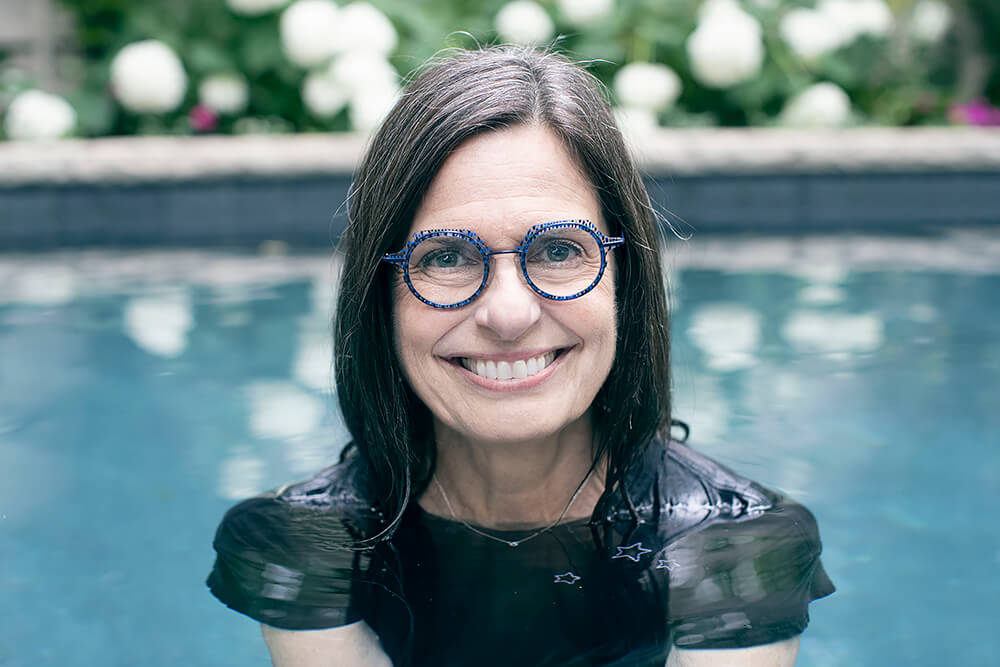For the last forty-five years, artist Barbara Cole has been recapturing the otherworldly mysteries of early photography in a body of work that flows in and out of time.
Born in 1953 in Toronto, Canada, Cole, eager to shape a place for herself at an early age, quickly turned to art. Immediately out of high school, she began modeling for a newspaper and soon became fashion editor for the following ten years. Her early start in fashion and self-taught practice have informed her intuitive photography that undulates between tradition and invention. Her inventor's spirit is evident in her preference for raw, hands-on photographic methods. From turn-of-the-century cameras, shadow boxes, darkrooms, and tintypes-she engages directly in shaping her images in order to impart deeply personal truths.
The underwater photography for which Cole is most known started in the late 1990s. Once, submerged in her pool, she opened her eyes and what she saw reminded her of the Polaroid film she was so fond of until it eventually went out of production. She has been searching for timelessness ever since. The wavy, enigmatic waters are often juxtaposed against weightless figures, forming her signature, velvety dreamscapes. In these figures we see human beings who are just-just-on the verge of forming complete selves, suggesting we are always in the process of recreating ourselves, always striving to reach new heights.
As an innovator in her field, Cole ventures into territories full of light and shadow, memory and dreams, with imagery that is nothing short of exaltation. Whether reincorporating twenty-year-old images in current underwater photography, or reimagining a modern format for the turn-of-the-century tintype, Cole's work shortens the distance between past and present. For Cole history is written in water.
Cole has held numerous exhibitions across North America, Europe, and the Middle East. Her work has also been extensively commissioned internationally for corporate collections. She has exhibited in the Canadian Embassy in both Tokyo and Washington D.C. The acclaimed documentary series, Snapshot: The Art of Photography II, features an episode devoted exclusively to Cole's photographic practice.
Cole currently lives and works in Toronto.
Articles
Exclusive Interview with Barbara Cole
Barbara Cole and Wet Collodion Photographs
Galleries
Bau-Xi Gallery
Galerie de Bellefeuille
Art Angels
Holden Luntz Gallery
NOX Contemporary Art Space